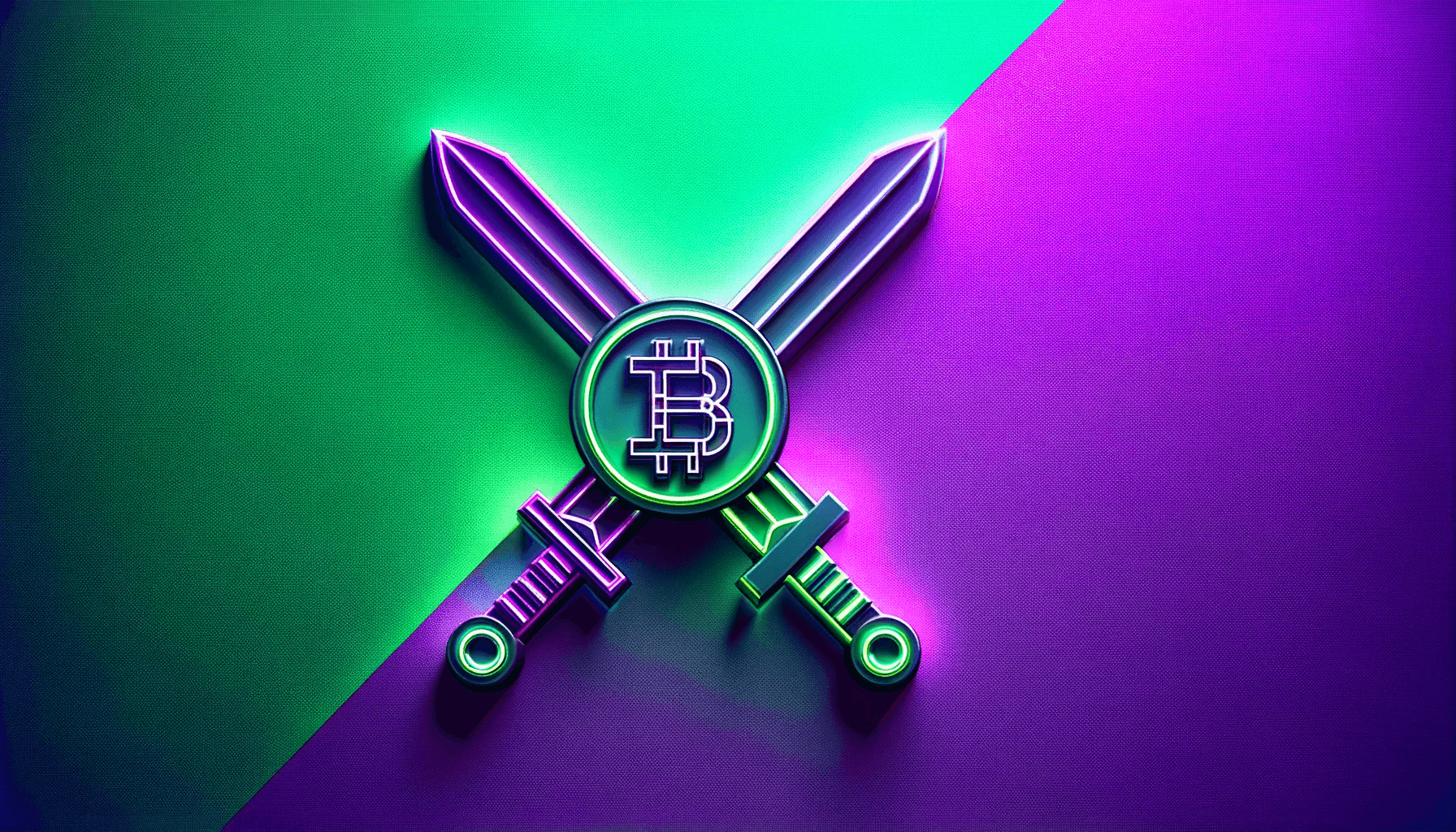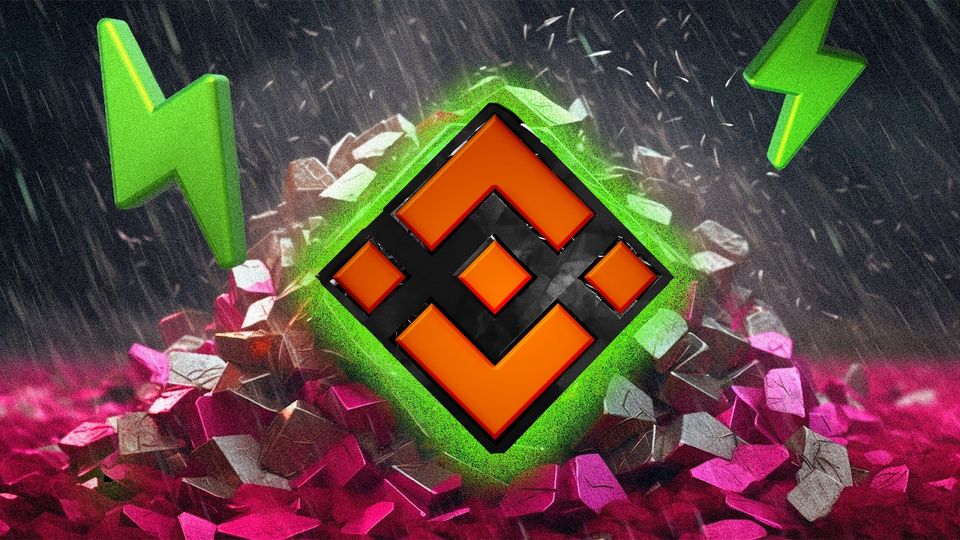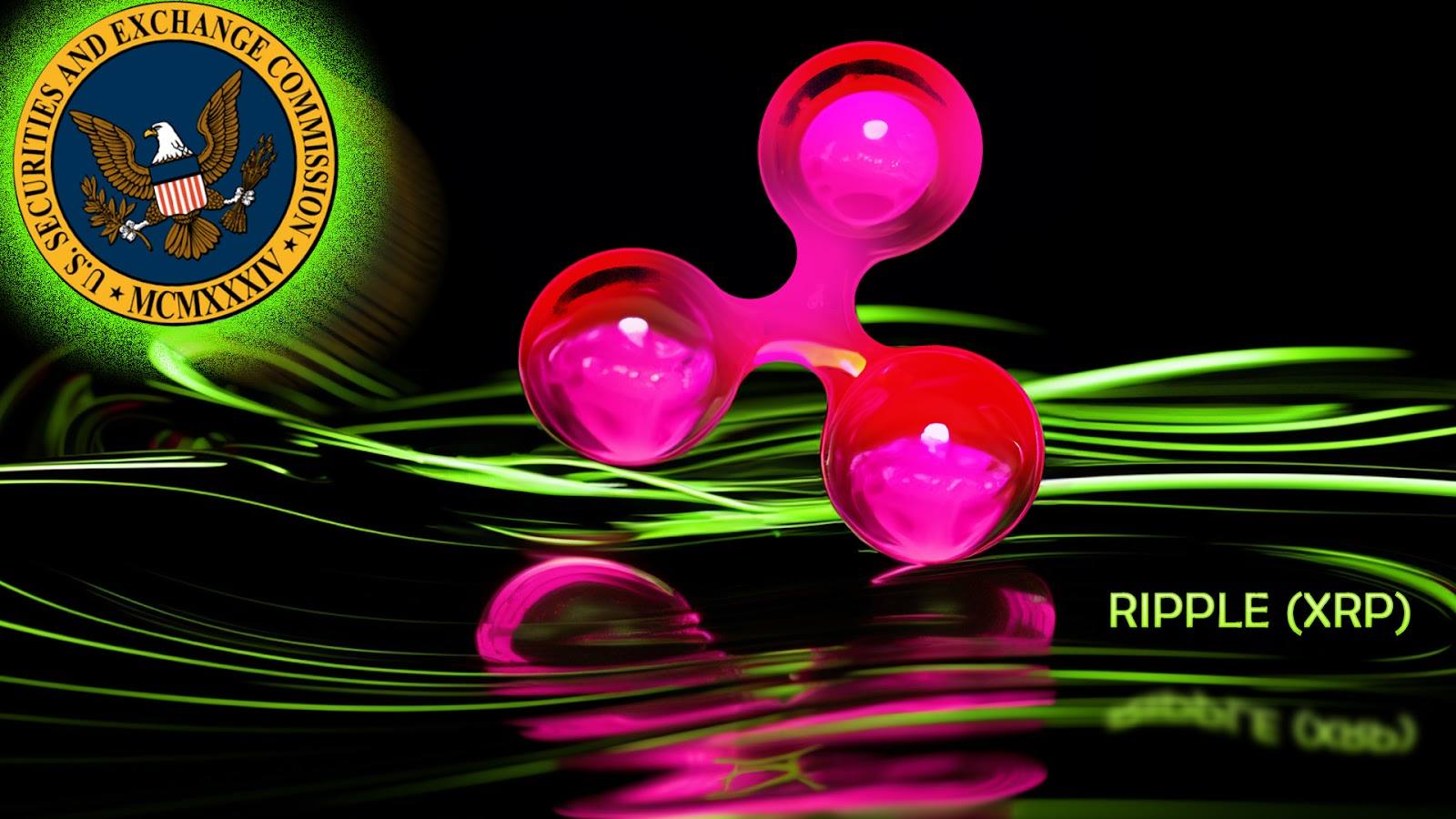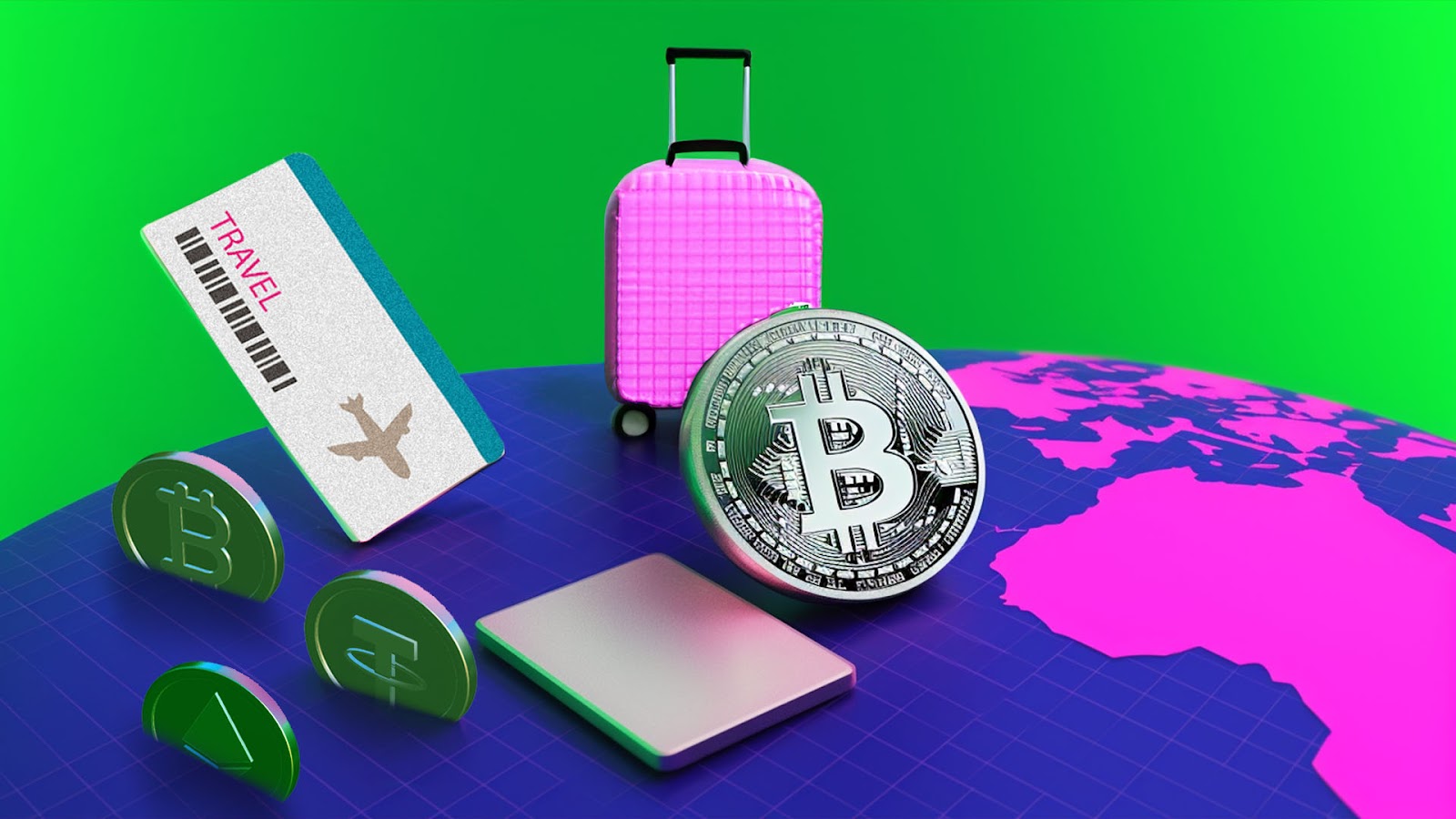
Trading in the cryptocurrency market comes with a lot of risks. From rug pulls in scam projects to unverified smart contracts and hacker assaults, there are many avenues through which crypto assets mysteriously vanish from a holder's portfolio. Because the market is largely decentralized, there is little regulation on how the applications and tools operate, so basically, your assets safety is, quite literally, in your hands.
Speaking of vanishing assets, it's usually shocking to discover that the causes of the missing assets are not entirely mysterious. Oftentimes, it is an oversight on a small detail or a security measure a user didn't know about that leads to a breach which facilitates the theft of assets.
Here are important tips on how to keep your crypto assets safe and secure from cyber threats in 2023.
How to Keep Your Crypto Safe And Secure In 2023
-
Store Your Assets In a Safe, Reliable Wallet
Most crypto theft cases occur in wallets where the users store their assets. The standard for a typical crypto wallet is not regulated, as cryptocurrency promotes decentralization. So much depends on the inherent security of the platforms in question, and you have to understand the security protocols of a wallet or an exchange before storing your assets there.
Even the best of wallets can be infiltrated, and the security can only be as secure as the code guiding it. So while ensuring that the platform is reasonably secure, you should also look out for their policies on compensation in cases of security breaches. Platforms like Binance offer compensation for users that lose their assets through cyber theft, although terms and conditions apply in such cases.
-
Beware of Phishing Attacks and Scams
A lot of attacks on user assets in cryptocurrency come through content phishing emails, where a link redirects you to a fake, unsecure website with a domain designed to collect your wallet information. You should be aware of such forms of scam attacks and avoid them.
One common method of identifying a false domain is if it looks like a real one, like www.googgle.com, instead of www.google.com. The false domain will request information like your seed phrase or wallet address, and backtrack into your wallet to access your crypto funds. Scams could also come in the form of bonuses, airdrop rewards, or gifts from unverified sources.
-
Use Strong, Unique Passwords For Your Accounts
If you use a custodial wallet, you won't have to worry about your seed phrase or wallet address. But you have to use a strong password protecting your account, so hackers can't use brute force to continually guess your password.
A strong password comprises letters, numbers, and symbols, in variable arrangements to keep the login details unique. It is also vital that you keep your passwords different from one another, so that if an account is breached, the damage doesn't spread to other accounts.
-
Offline Backups For Passwords
With the advancement in browser technology, it is common to see crypto users store their passwords on browsers like Chrome, Bing, and Safari. This spreads the vulnerability of the crypto accounts, whether on centralized or decentralized platforms. While the browsers offer quick access to the wallets, remember hackers can piggyback into your wallets if they can crack your Google, Bing, or Apple accounts.
The safest option is to store your passwords and seed phases on offline platforms where no one can access them. Since hackers need the Internet to access online networks, your details are better stored using offline methods.
-
Consider Cold Storage
It might not be the best approach for traders, but if you have idle funds, they are best stored in a cold storage wallet, like a Ledger. Offline storage systems guarantee that your assets are off any network, ensuring that they are safe from cyber theft.
Physical wallets are the most common forms of cold storage and some DeFi platforms already support such physical wallets, thus easing the transfer of assets between platform and wallet without compromising the wallet's security.
-
Two-Factor Authentication
Two-factor authentication is one of the most overlooked security measures on crypto wallets. A lot of theft occurs because there is no backup security system, which is the basis for a two-factor authentication sign-in in the first place.
The two-factor authentication sign-in is an extra layer of security that holds your account even when the login details have been hacked. With that in place, your assets are safe while the wallet alerts you of an attempted login.
Most 2FAs are routed through Google and require PINs, passwords, or patterns to set up. Another common means is sending One-Time passwords to your attached mobile number or Google account to verify that it's really you signing in. Some wallets use Google Authenticator to establish a 2FA system for their users.
Wallets And Asset Security
As we stated earlier, there are no absolutely secure platforms to store your digital assets, as they are only as good as their security systems. That is why there are regular updates to the software packages, so that identified bugs and security lapses are resolved. Ensuring you keep your crypto wallets updated to the current version reduces the risk of getting hacked.
Also, using cold storage methods keeps your assets off the internet and any network, eliminating the risks of theft. However, it might not be the best method for traders who are constantly investing their funds.
Conclusion
The first step to being more security conscious about your crypto assets is to change your orientation on security. In the conventional centralized financial institutions, there are measures to curb theft and minimize risks of losing one's assets. We even pay to have our funds kept safe in the bank.
However, our assets and their security are more of our responsibilities in the crypto-verse, since it dwells on decentralization. The tips listed in this article are examples of crypto security measures that can help secure your crypto assets in 2023.
Want more top-tier cryptocurrency content?
Follow Us: X TikTok Instagram Telegram LinkedIn
Sign up to our newsletter at the bottom of the page
Check Out Our Top 10 Crypto Currencies of 2023
This article is intended for educational purposes and is not financial advice.


















